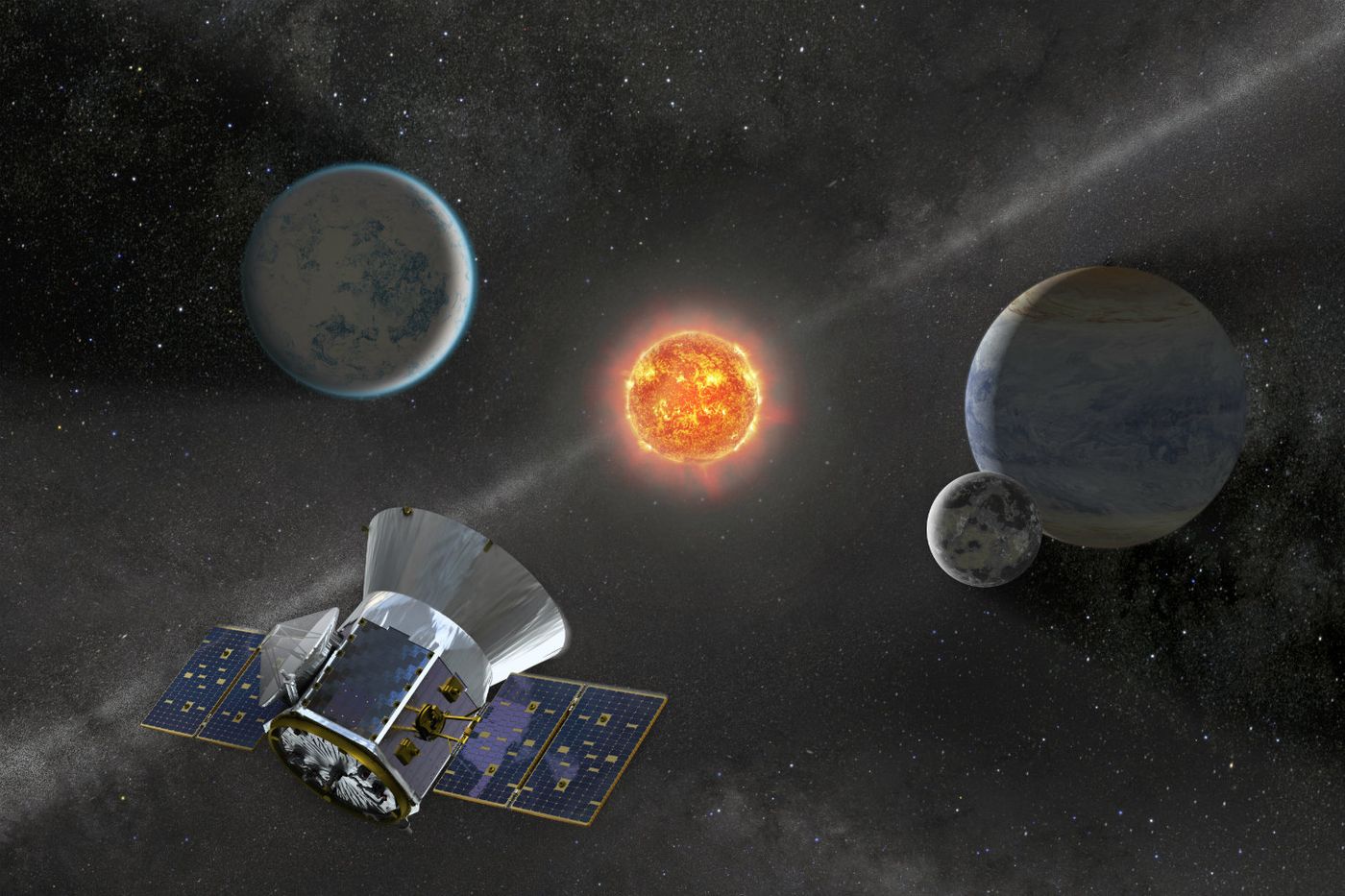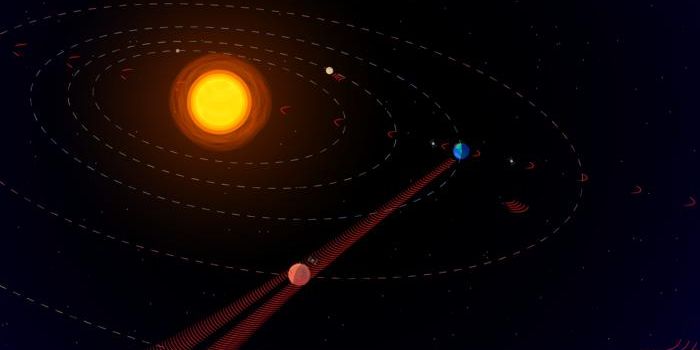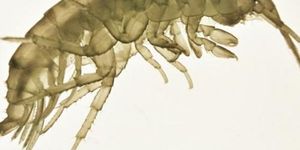TESS Begins Searching for Exoplanets
NASA, in an official statement this week, announced that its Transiting Exoplanet Survey Satellite (TESS) mission had commenced scientific operations on Wednesday, July 25th.
Image Credit: NASA
With the tried and true exoplanet-hunting Kepler Space Telescope running precariously low on fuel, this is a considerable milestone for the American space agency because it means we’ll be able to continue exoplanetary research even after Kepler goes dark.
“I’m thrilled that our new planet hunter mission is ready to start scouring our solar system’s neighborhood for new worlds,” said Paul Hertz, the director for NASA’s Astrophysics Division in Washington.
“Now that we know there are more planets than stars in our universe, I look forward to the strange, fantastic worlds we’re bound to discover.”
TESS will search for exoplanets by paying particular attention to periodic dips in light exhibited by some of our solar system’s nearest and brightest star systems. These dips are caused by transit events, which are fundamentally when an exoplanet moves in between the host star and the observatory and blocks some of the star’s light.
Related: Is this one of the darkest exoplanets ever discovered?
Citing NASA, TESS will survey approximately 85% of the sky for exoplanets during its two-year mission, an area about 350 times greater than what Kepler was able to explore. It will study the Southern sky during its first year of operation, and will then begin exploring the Northern sky in the second.
Given that TESS offers so much more capability than Kepler, NASA is hopeful that we’ll become aware of even more exoplanets. Furthermore, TESS’s data could work in tandem with NASA’s upcoming James Webb Space Telescope to validate and study the exoplanets that we detect.
It should be interesting to see what we might learn as TESS begins observing the cosmos for answers about our universe. Perhaps we’ll finally find that distant Earth clone that astronomers have hoped to discover for years.
Source: NASA









